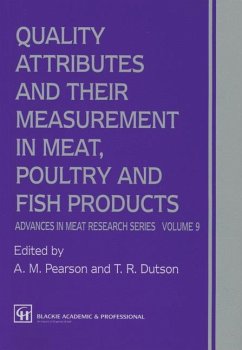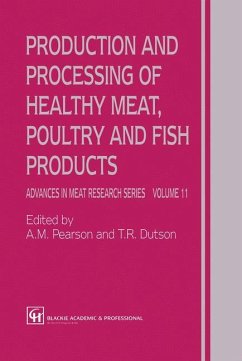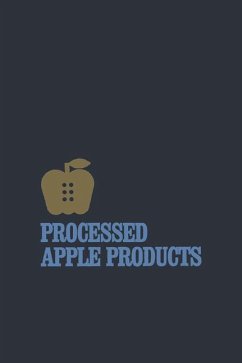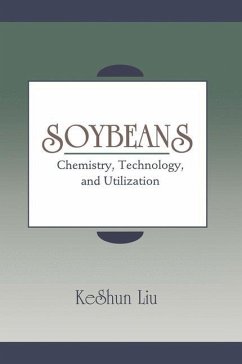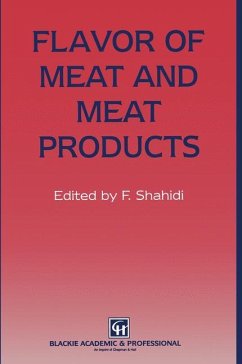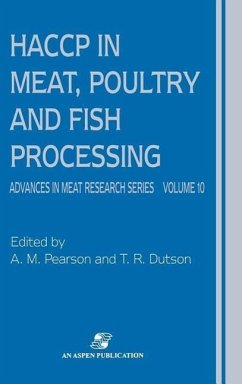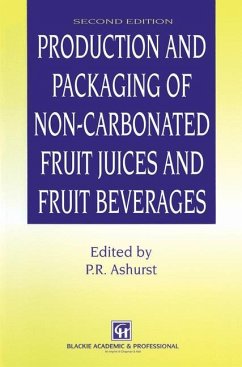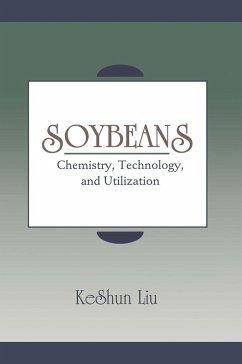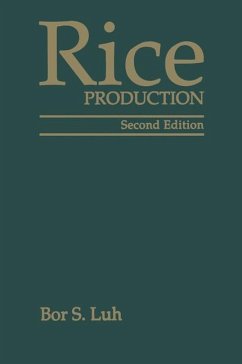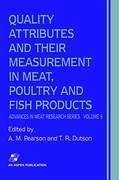
Quality Attributes and their Measurement in Meat, Poultry and Fish Products

PAYBACK Punkte
77 °P sammeln!
Cereals are one of our most important crops, whether as cash crops for commercial farmers or subsistence crops in the developing third world. This book focuses on the chemistry and technology of cereals, set in the agricultural and socio-economic context. The subject of cereal is given a greater geographical scope than other books that are primarily concerned with wheat and bread. The principles of cereals discussed include structure and composition; economic importance; storage and transportation; analysis; post-harvest losses; and the starch industries. Also dealt with are the industrial pro...
Cereals are one of our most important crops, whether as cash crops for commercial farmers or subsistence crops in the developing third world. This book focuses on the chemistry and technology of cereals, set in the agricultural and socio-economic context. The subject of cereal is given a greater geographical scope than other books that are primarily concerned with wheat and bread. The principles of cereals discussed include structure and composition; economic importance; storage and transportation; analysis; post-harvest losses; and the starch industries. Also dealt with are the industrial processes which are the basis of our common foods - rice, bread, cornflakes, beer; and the common foods of more traditional societies such as the porridges of Africa and the tortillas of the Americas, as well as numerous fermented foods and drinks.





